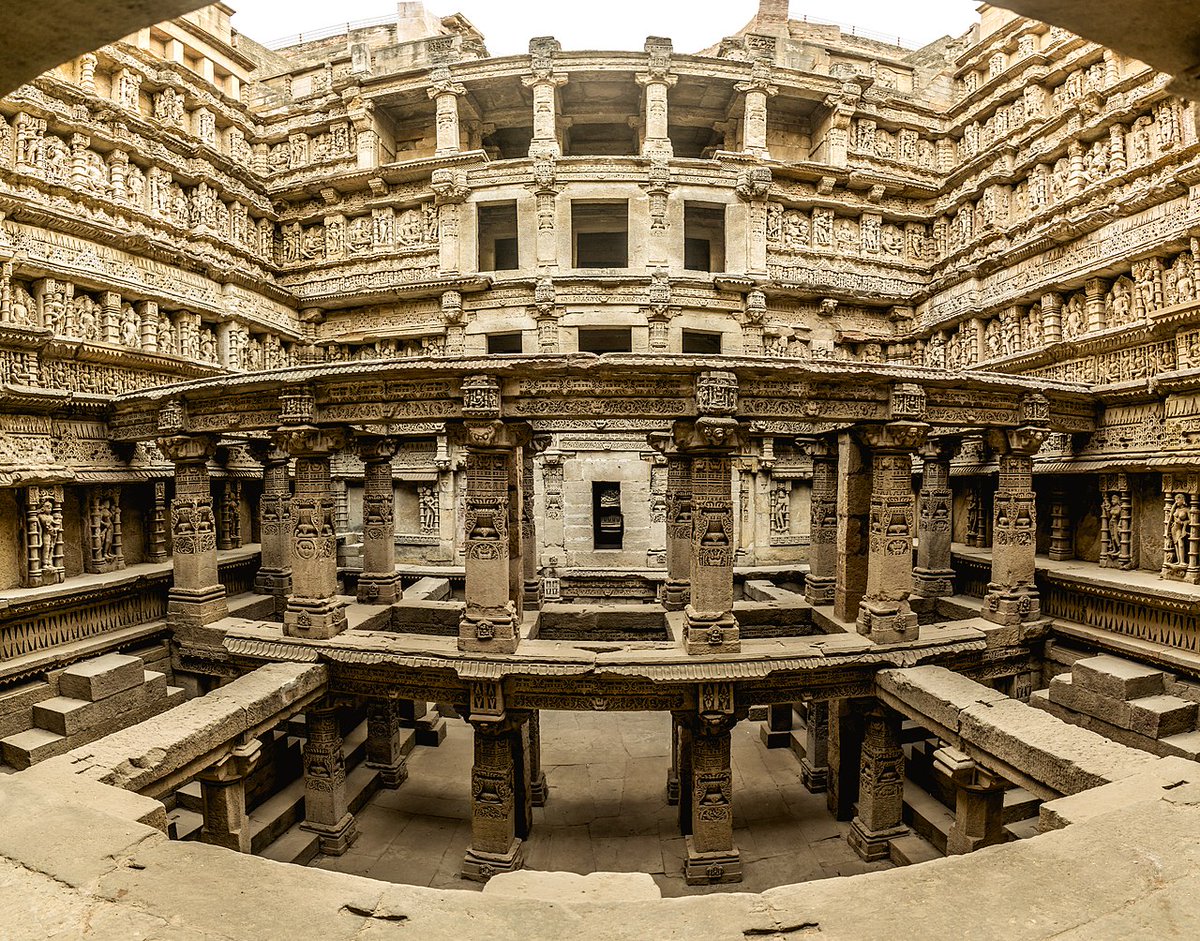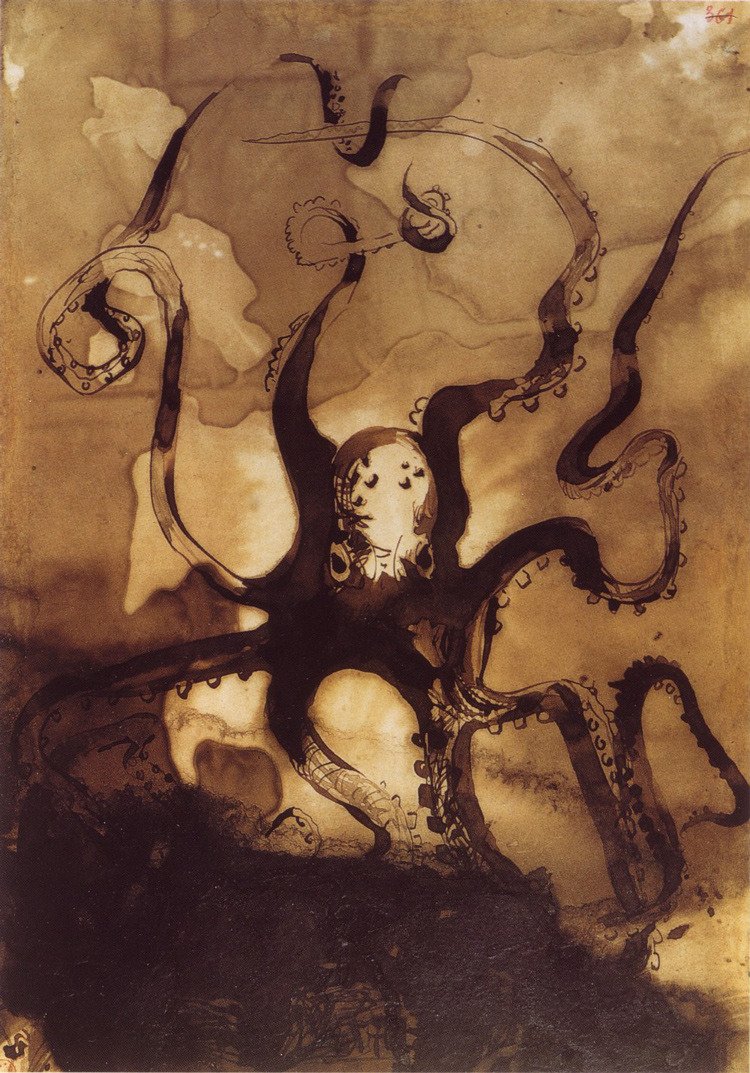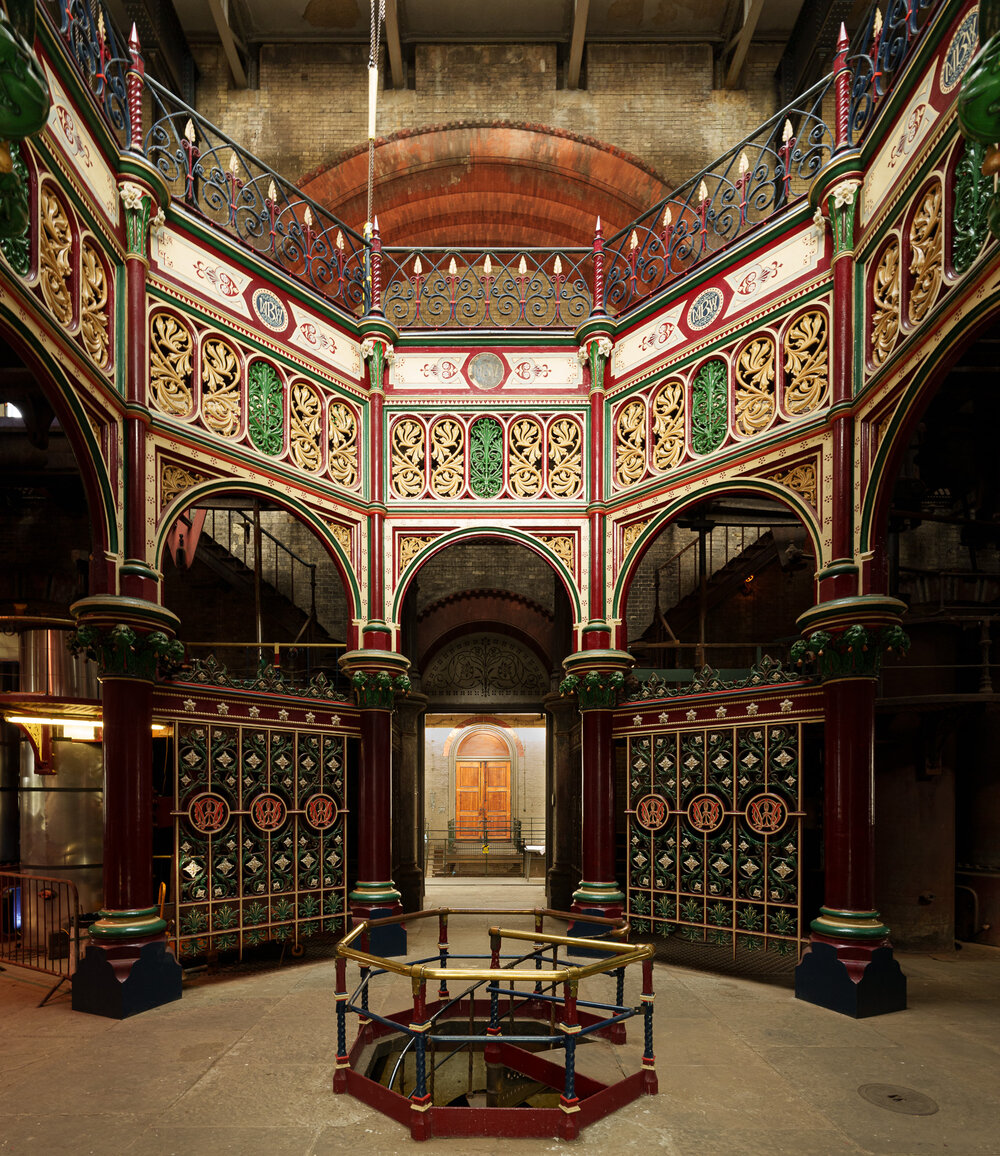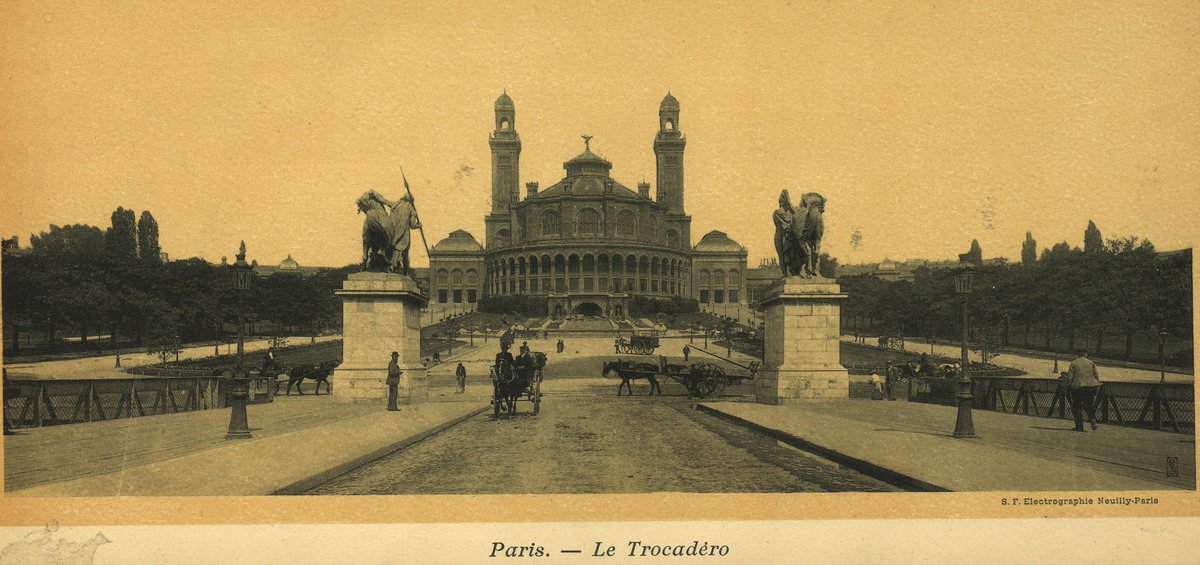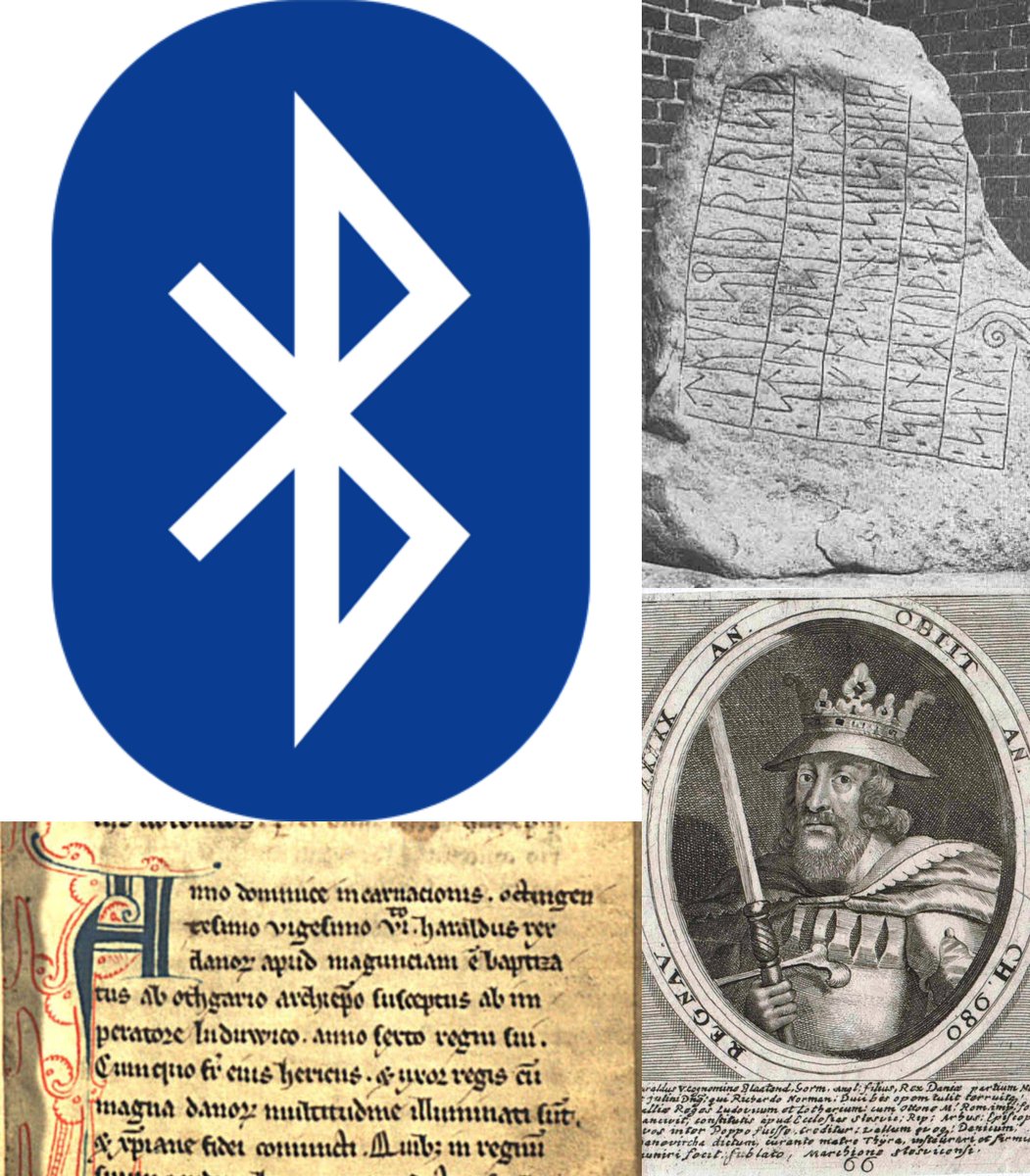
India is home to some of the most beautiful and diverse architecture in the world. Here's just a few of the best:
Hawa Mahal in Jaipur (1799)
Hawa Mahal in Jaipur (1799)

And then there's the most famous of all, the Taj Mahal in Agra (1653).
But this selection doesn't even come close to scratching the surface of India's immense architectural heritage and diversity...
But this selection doesn't even come close to scratching the surface of India's immense architectural heritage and diversity...

If you liked reading this then you'll enjoy my free newsletter, where I write about architecture.
It comes out every Friday and also includes history, music, literature, and art.
To join 70k+ other readers, consider subscribing here:
culturaltutor.com/areopagus
It comes out every Friday and also includes history, music, literature, and art.
To join 70k+ other readers, consider subscribing here:
culturaltutor.com/areopagus
• • •
Missing some Tweet in this thread? You can try to
force a refresh













